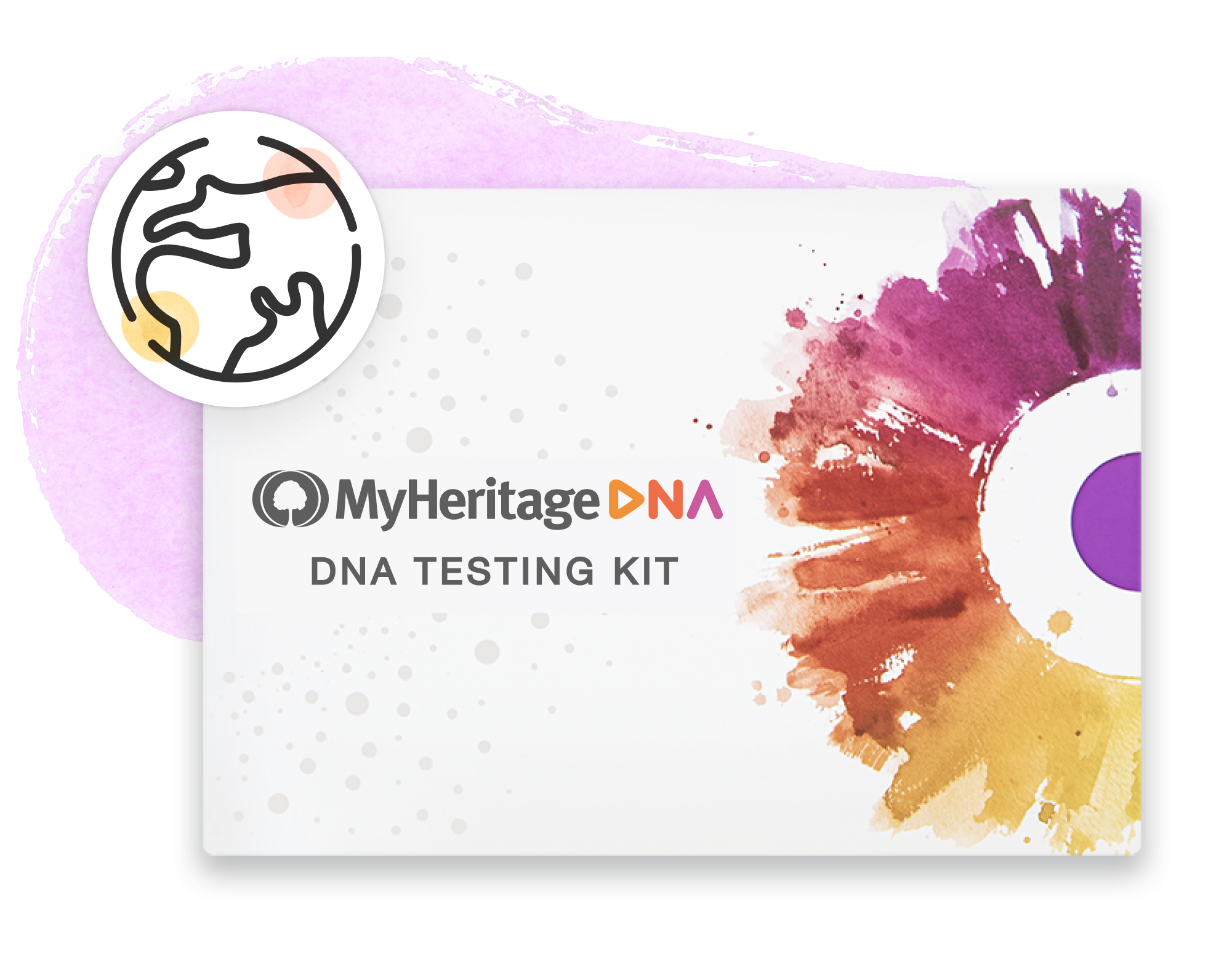
Amino acids are the building blocks of proteins: a fundamental organic molecule that contains amino (-NH2) and carboxylic (–COOH) functional groups. There are 20 distinct types of amino acids. Amino acid chains (also known as polypeptide chains) whose sequence is determined by a gene make up a protein; these amino acids are also known as alpha-amino acids.[1] Protein and other nitrogen-containing molecules, such as peptide hormones, creatine, and some neurotransmitters, cannot be synthesized in the body without the help of amino acids.[2]
Some of the amino acids that can be synthesized in the body and are not needed to be taken from regular diet to sustain life are called non-essential amino acids. These include arginine, aspartic acid, alanine, glutamic acid, cysteine, glutamine, proline, glycine, tyrosine, and serine. Essential amino acids are also referred to as "indispensable amino acids;” these are the amino acids that human beings and other vertebrates are unable to produce from intermediates of metabolism by themselves, and include valine, threonine, methionine, phenylalanine, histidine, tryptophan, isoleucine, lysine, and leucine. Because the human body does not possess the metabolic pathways necessary for the synthesis of these essential amino acids, they have to be obtained from an exogenous diet.[3][4]
Proteins are polymers of amino acids that are linked together by peptide bonds. Each amino acid has its own set of characteristics due to its individual side-chain group, also known as its R-group. Proteins differ from one another based on the amino acids they contain, the order in which those amino acids are arranged in a chain, and the additional complicated interactions that chain has with itself and its surroundings. Amino acid polymers have the potential to produce a wide range of biological forms. A human body has about 100,000 different proteins, each of which is encoded by one of roughly 20,000 distinct genes. Although over 500 amino acids can be found in nature, only 22 alpha amino acids are required to build all the proteins present in the human body and all other kinds of life.[5][6]
Research your ancestors on MyHeritage
History regarding the discovery of amino acids
Asparagine, the first amino acid to be ever discovered, was isolated from asparagus in 1806, by Louis-Nicolas Vauquelin and Pierre Jean Robiquet.[7] Cystine was found in 1810, but its monomer, cysteine, was not discovered until 1884.[8] Leucine and glycine were identified in 1820.[9] William Cumming Rose discovered threonine in 1935. Rose also identified the essential amino acids and calculated the minimal daily requirements for all amino acids for healthy growth.[10]
Amino acids and genealogy
Fossil data is very direct and persuasive in evolutionary studies. On the other hand, many creatures such as bacteria have a low likelihood of becoming fossilized during prolonged geologic ages. Therefore, molecular data from related extant animals, such as nucleotide and amino acid sequences, is useful for examining evolutionary relationships.[11] Amino acid sequences serve as a blueprint for protein synthesis, and this order is determined by the sequence of bases in a gene; the DNA in each human cell, for example, consists of a sequence of about 3 billion base pairs. Within a gene, every three pairs (known commonly as a codon) specifies one amino acid.
In general, the amino acid sequence of a protein that is shared among closely related animals should be similar in amino acid sequence.[12] The ancestry of an organism cannot be determined by amino acid sequences directly; the sequence of amino acids can be determined by the sequence of bases in the gene or DNA, and DNA analysis or testing methods, such as those employed by the MyHeritage DNA test, are used to determine the genealogy of the organism.
Explore more about DNA
- The MyHeritage DNA test
- DNA Basics, Chapter 3: DNA Expression from the MyHeritage Blog
- DNA Basics, Chapter 4: A Glossary of Terms from the MyHeritage Blog
- The Science Behind MyHeritage DNA Testing, webinar with Gal Zrihen on the MyHeritage Knowledge Base
References
- ↑ WU, G. 2009. Amino acids: metabolism, functions, and nutrition. Amino acids, 37, 1-17.
- ↑ Allowances, R. D. 1989. Recommended dietary allowances. National Research Council-National Academy Press: Washington, DC, USA.
- ↑ Hou, Y., Yin, Y. & WUu G. 2015. Dietary essentiality of “nutritionally non-essential amino acids” for animals and humans. Experimental Biology and Medicine, 240, 997-1007
- ↑ Hou, Y. & Wu, G. 2018. Nutritionally essential amino acids. Advances in Nutrition, 9, 849-851.
- ↑ Lopez, M. J. & Mohiuddin, S. S. 2020. Biochemistry, essential amino acids
- ↑ Rother, Michael; Krzycki, Joseph A. (1 January 2010). Selenocysteine, Pyrrolysine, and the Unique Energy Metabolism of Methanogenic Archaea. Archaea. 2010: 1–14.
- ↑ Vauquelin, L.-N. & Robiquet, P. J. 1806. The discovery of a new plant principle in Asparagus sativus. Ann Chim, 57, 14.
- ↑ Wollaston, W. H. On cystic oxide, a new species of urinary calculus. Abstracts of the Papers Printed in the Philosophical Transactions of the Royal Society of London, 1832. The Royal Society London, 376-377.
- ↑ Braconnot, H. M. 1820. Sur la conversion des matières animales en nouvelles substances par le moyen de l'acide sulfurique. Ann Chim Phys Ser, 2, 13.
- ↑ Simoni, R. D., Hill, R. L. & Vaughan, M. 2002. The discovery of the amino acid threonine: The work of William C. Rose. Journal of Biological Chemistry, 277, 56-58.
- ↑ Nei, M. & Kumar, S. 2000. Molecular evolution and phylogenetics, Oxford University Press, USA.
- ↑ Zhang, D., Kan, X., Huss, S. E., Jiang, L., Chen, L.-Q. & Hu, Y. 2018. Using phylogenetic analysis to investigate eukaryotic gene origin. JoVE (Journal of Visualized Experiments), e56684.


